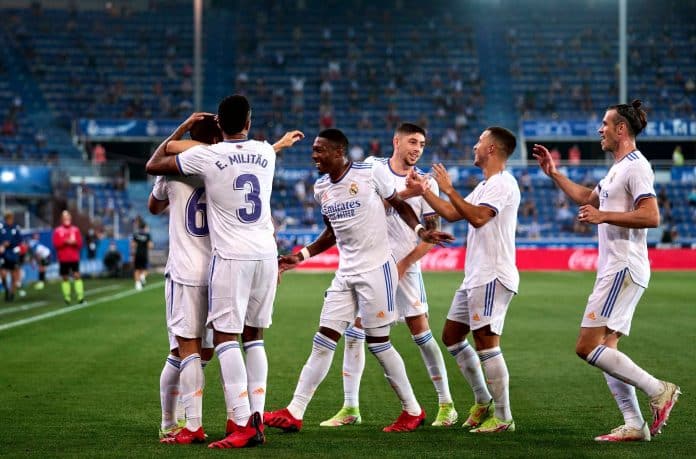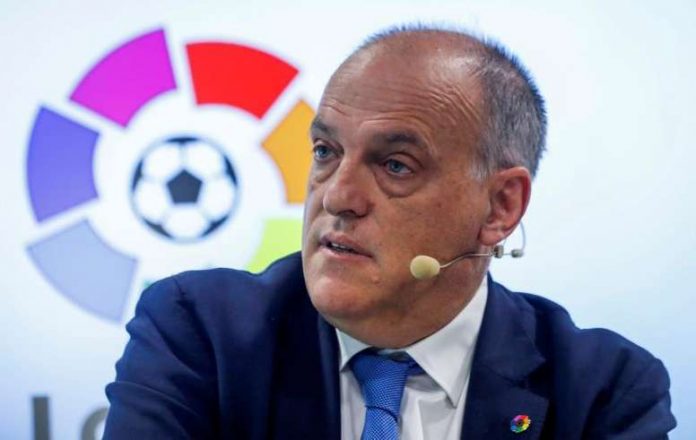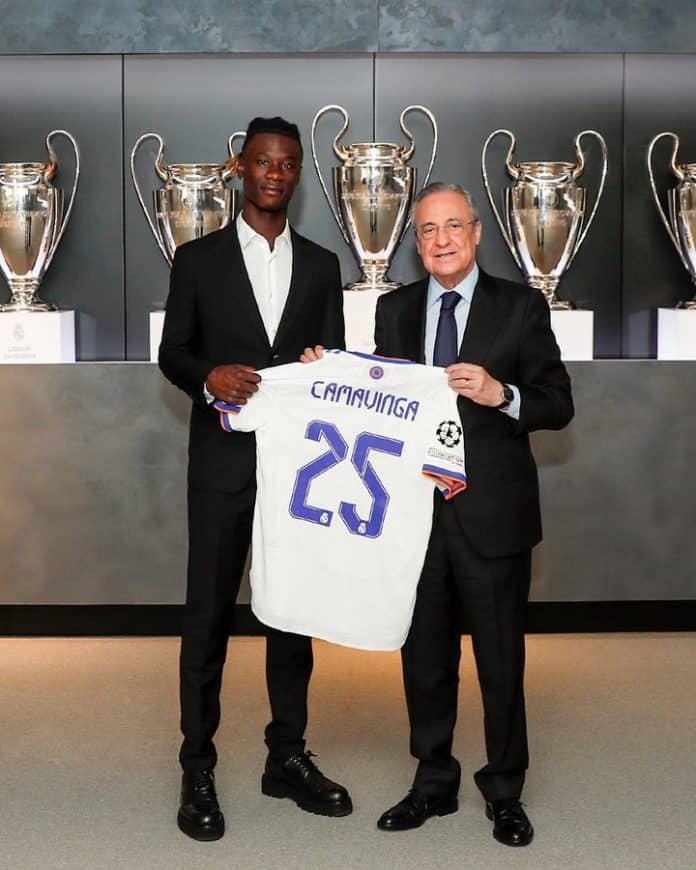Real Madrid
FIFA 22: Real Madrid release ratings for all their squad players
Real Madrid have released the FIFA 22 ratings for the entirety of their squad. Los Blancos went through a rather difficult season considering their...
La Liga president Javier Tebas says Real Madrid have enough money...
La Liga president Javier Tebas has claimed that Real Madrid have enough money to sign both Kylian Mbappe and Erling Haaland in 2022. In...
Vinicius Jr has found himself under Carlo Ancelotti at Real Madrid
Four games into the new La Liga season, Real Madrid are at the top of the table alongside rivals Atletico Madrid and Valencia. Los...
Real Madrid Knocked Manchester City Out of The Champions League
Manchester City manager Gareth Taylor declined to blame his team's Champions League exit on a lack of pre-season play after they were knocked out...
Camavinga is ready to play for his dream club Real Madrid
Rennes and Real Madrid reached an agreement for the transfer of Eduardo Camavinga, for a deal worth €31 million that could rise to over...
Eduardo Camavinga presented as Real Madrid player: What he brings to...
Eduardo Camavinga was presented as a Real Madrid player today, after the club confirmed his signing in the final days of the summer transfer...









